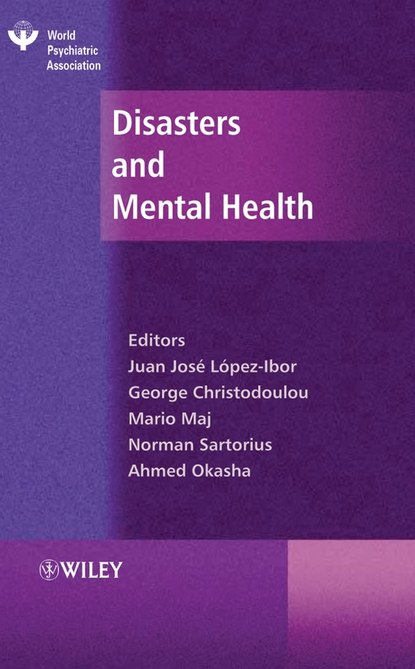Книга "Клиническое руководство по подростковой зависимости" - это практическое руководство, которое поможет понять особенности диагностики и лечения подростков, страдающих от зависимостей. С 1960 года, тяжесть болезней, связанных с подростками, переключилась с традиционных причин на поведенческие проблемы, такие как употребление алкоголя, курение и наркомания (почти половина американских подростков когда-либо употребляла запрещенные вещества). Книга содержит информацию о том, как научить подростков знаниям, навыкам и ценностям, которые способствуют физическому и психическому здоровью. Руководство поможет профессионалам в области здравоохранения изменить свой подход к работе с подростками и улучшить взаимодействие с их семьями, школами и общественными организациями. Книга представляет собой ответ на вызов, связанный с удовлетворением потребностей в области психического здоровья и поведенческих проблем у подростков, страдающих от зависимостей. Редакторами книги являются члены Американского общества психиатров-подростков, старейшей профессиональной организации психиатров, посвятившей свою деятельность исключительно медицинскому уходу и лечению психически больных подростков в США. Эта книга будет полезна всем, кто работает с подростками: врачам-терапевтам, психиатрам, специализирующимся на детской и подростковой психиатрии, аддиктологам, психологам, социальным работникам, администраторам здравоохранения, а также работникам суда, условно-досрочного освобождения, исправительных учреждений и другим специалистам. Книга организована в удобном формате, чтобы читатели могли легко найти главы, содержащие необходимую информацию. В некоторых случаях темы особой важности обсуждаются в нескольких главах, чтобы проиллюстрировать их с разных точек зрения. Одна из целей редакторов заключается в том, чтобы сделать тему специалистической областью, доступной для всех, предоставив инструменты для использования общими специалистами.
Электронная Книга «Clinical Handbook of Adolescent Addiction - Richard Rosner» написана автором Richard Rosner в году.
Минимальный возраст читателя: 0
Язык: Английский
ISBN: 9781118340882
Описание книги от Richard Rosner
Since 1960, the burden of adolescent illness has shifted from the traditional causes of disease to the more behavior-related problems, such as drinking, smoking and drug abuse (nearly half of American adolescents have used an illicit drug sometime during their life). Instilling in adolescents the knowledge, skills, and values that foster physical and mental health will require substantial changes in the way health professionals work and the way they connect with families, schools, and community organizations. At the same time, the major textbooks on addiction medicine and addiction psychiatry devote relatively little attention to the special problems of diagnosing and treating adolescent addicts. Similarly, the major textbooks on general and child and adolescent psychiatry direct relatively little attention to the issues surrounding adolescent addiction. The Clinical Handbook of Adolescent Addiction is one response to the challenge of meeting the mental health needs and behavior-related problems of addicted teenagers. The work has been edited as an independent project by members of the American Society for Adolescent Psychiatry, the oldest professional organization of psychiatrists devoted solely to the mental health care and treatment of teenagers in the USA. The forensic psychiatry perspective permeates the entire book. It will help to produce health providers with a deep and sensitive understanding of the developmental needs and behavior-related problems of adolescents. The Clinical Handbook of Adolescent Addiction is a practical tool for all those who help adolescents: practitioners of family medicine, general psychiatrists, child/adolescent psychiatrists, adolescent psychiatrists, addiction psychiatrists, non-psychiatric physicians specializing in addiction medicine, forensic psychiatrists, psychologists, clinical social workers, mental health administrators, Court/Probation/ Parole/Correctional health workers. The book is organized in a user-friendly format so that readers can easily locate the chapters that provide the information that is required. In some instances, topics of special importance deliberately have been addressed in more than one chapter, to illuminate the topics from a variety of vantage points. One aim of the editors is to move the topic from being a specialist area to a generalist one by providing tools for generalist to use.



















